Cholesterol can be confusing. What’s good? What’s bad? How can I improve my numbers? These might be questions you’ve asked yourself. Caring about your cholesterol and the general health of your heart is an important first step.
Cholesterol is a waxy, fat-like substance that is found within every cell of your body. Cholesterol can come from two sources; your liver – which makes all the cholesterol you need – and from foods derived from animals. As the amount of cholesterol circulating your blood increases, so can your risks of heart disease. For this reason, it’s important to make annual physicals with your physician a priority.
Cholesterol Basics
There are three types of fatty substances (lipids) in the blood: low-density lipoprotein (LDL), high-density lipoprotein (HDL) and triglycerides.
Low-density lipoprotein (LDL) cholesterol — LDL cholesterol sticks to the walls of your arteries which contribute to the formation of plaque. Plaque is a hard, thick deposit that can clog arteries and make them less flexible. LDL is considered “bad” cholesterol, and lower levels are better for your heart.
High-density lipoprotein (HDL) cholesterol — HDL is known as “good” cholesterol because it helps remove LDL from your arteries and moves it to the liver for removal. Higher levels of HDL are considered good for your heart while low levels have been shown to increase the risk of heart disease
Triglycerides — Triglycerides are the most common type of fat in the body and store excess energy from your diet. High triglycerides combined with high LDL (“bad” cholesterol) and low HDL (“good” cholesterol) can increase the risk of atherosclerosis (hardening and narrowing of arteries), heart disease and stroke.
Controlling Your Risk Factors
Cholesterol is one of the major controllable factors for heart disease, heart attack, and stroke. According to the CDC, nearly half of Americans have at least one of the three key risk factors for heart disease: high blood pressure, high cholesterol, and smoking. Other risk factors for heart disease, heart attack, and stroke include diabetes, unhealthy diet, sedentary lifestyle, obesity, alcohol consumption, and family history.
You can control these factors through your lifestyle choices. Even simple changes to your day-to-day routines can have a profound impact on your heart health.

Five Foods to Improve Your Heart Health
1. Wild-Caught Fatty Fish
Fatty fish have high levels of [TVBLOGCOPY]omega-3[/TVBLOGCOPY][MWSBLOGCOPY]omega-3[/MWSBLOGCOPY] fatty acids, which can help support heart health. The American Heart Association suggests that you aim for two serving of oily fish per week. Good options include salmon, tuna, trout, mackerel, and sardines.
2. Nuts
Walnuts, almonds and other nuts can help improve cholesterol and lower your risk of developing other chronic diseases. Nuts tend to be high in calories, so a handful a day of raw or unsalted nuts is enough.
3. Soluble Fiber
Oatmeal, whole grains, fruits, and vegetables contain soluble fiber which can lessen the absorption of cholesterol into your bloodstream and reduce LDL cholesterol. Soluble fiber is also found in kidney beans, Brussels sprout, and fruits such as apples and pears.
4. Olive Oil
Substituting unhealthy oils such as canola or corn oil with olive oil can have heart-healthy benefits. Olive oil contains monounsaturated fatty acids (MUFAs) which are considered a healthy dietary fat. Olive oil is also loaded with beneficial antioxidants.
5. Avocados
Avocados are also a good source of healthy fats, antioxidants, Vitamins C, E, K and B vitamins like B5, B6 and folic acid. Avocados also offer minerals, cholesterol- reducing phytosterols and dietary fiber.
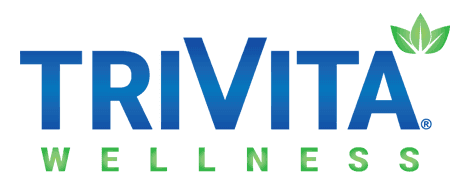
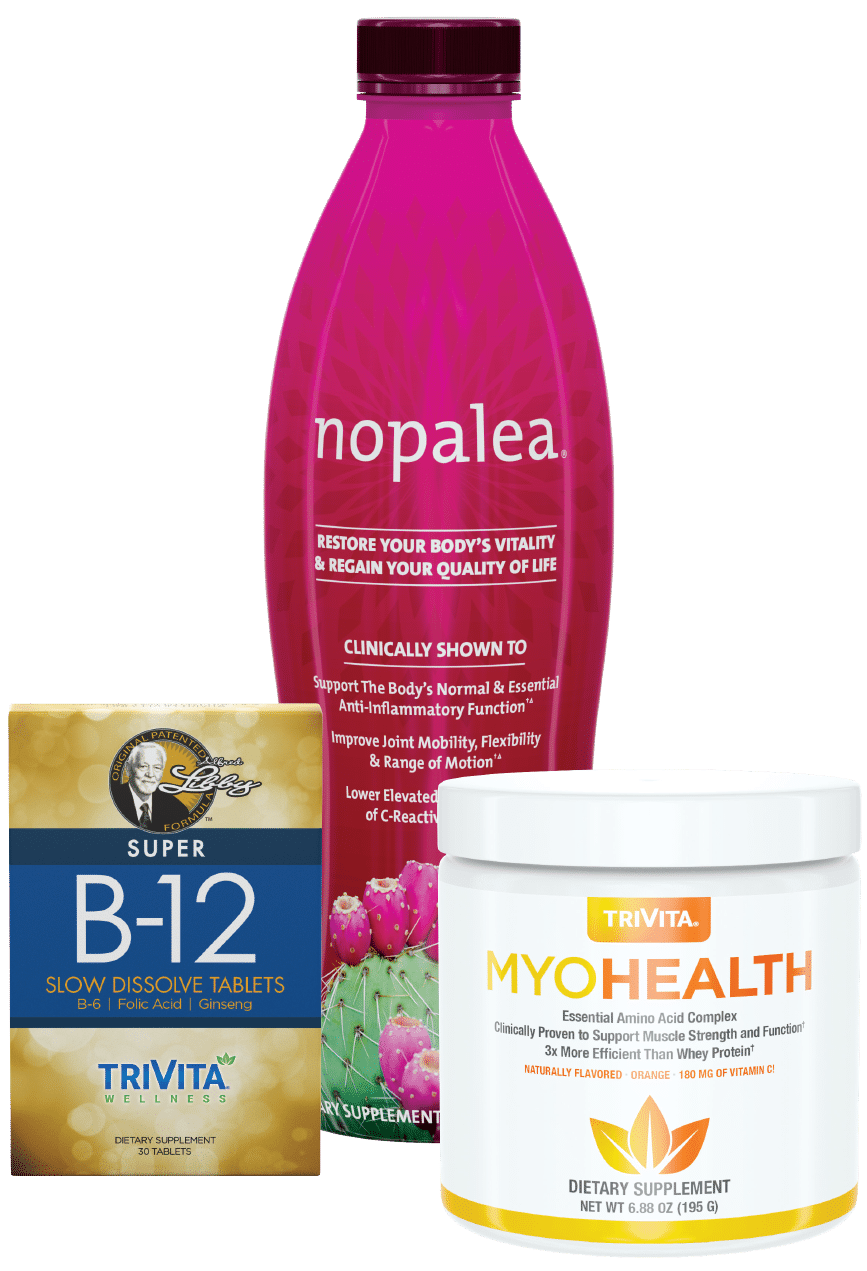

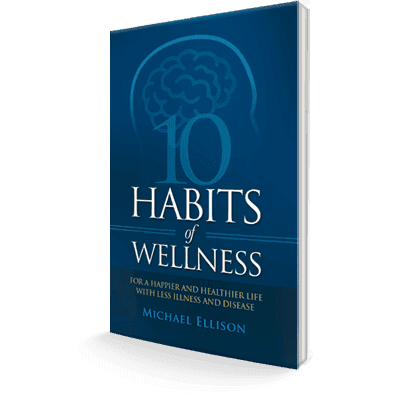



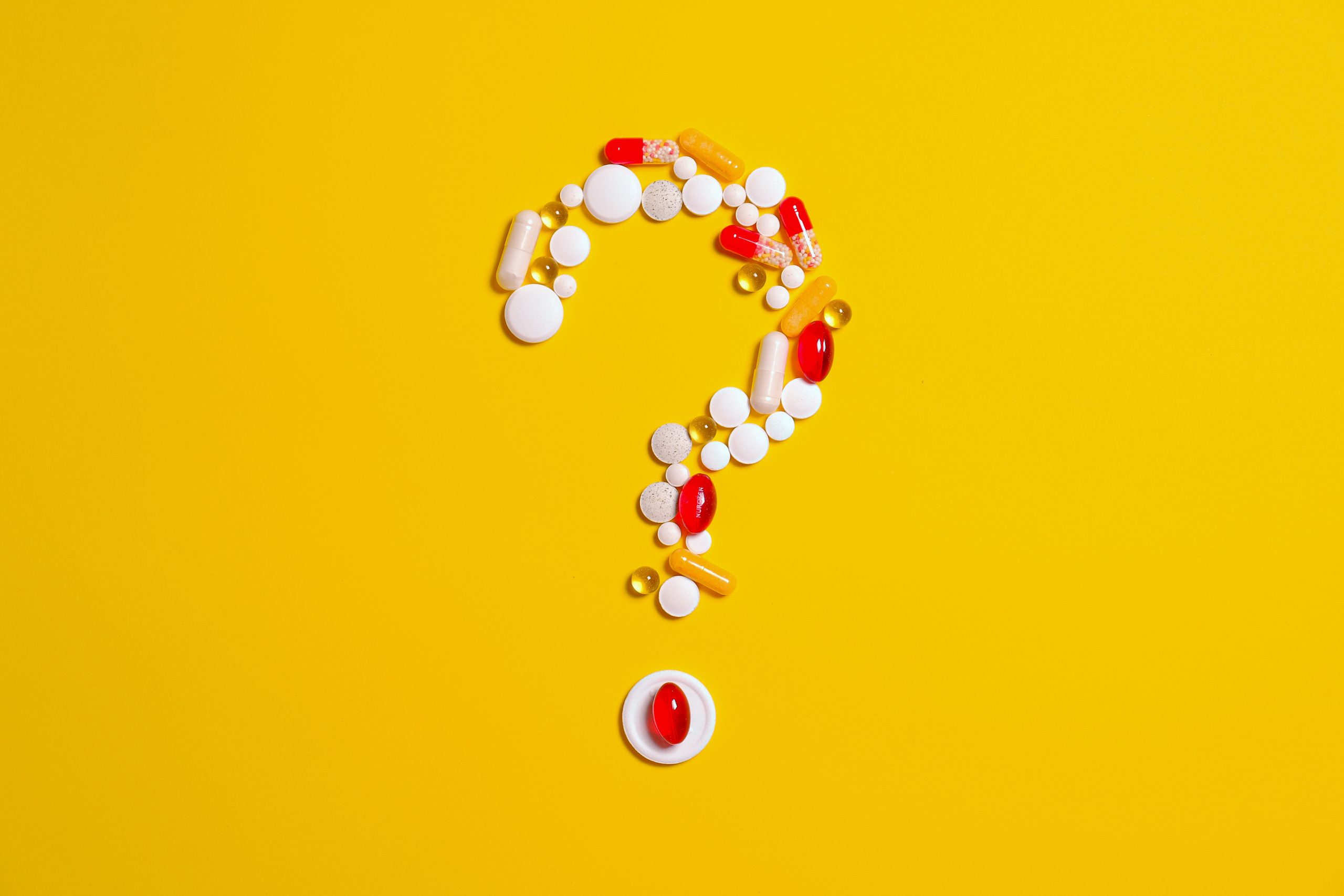
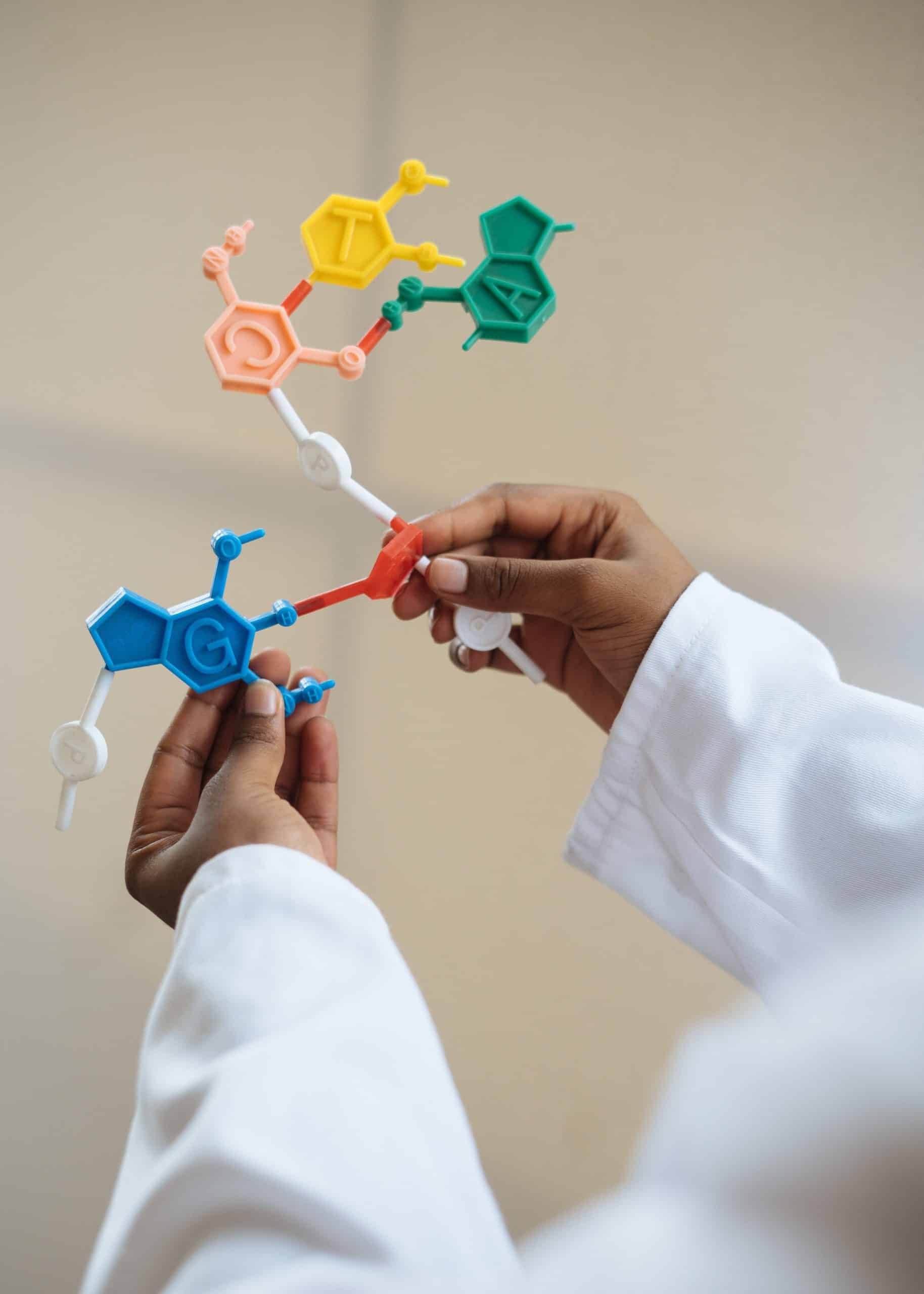

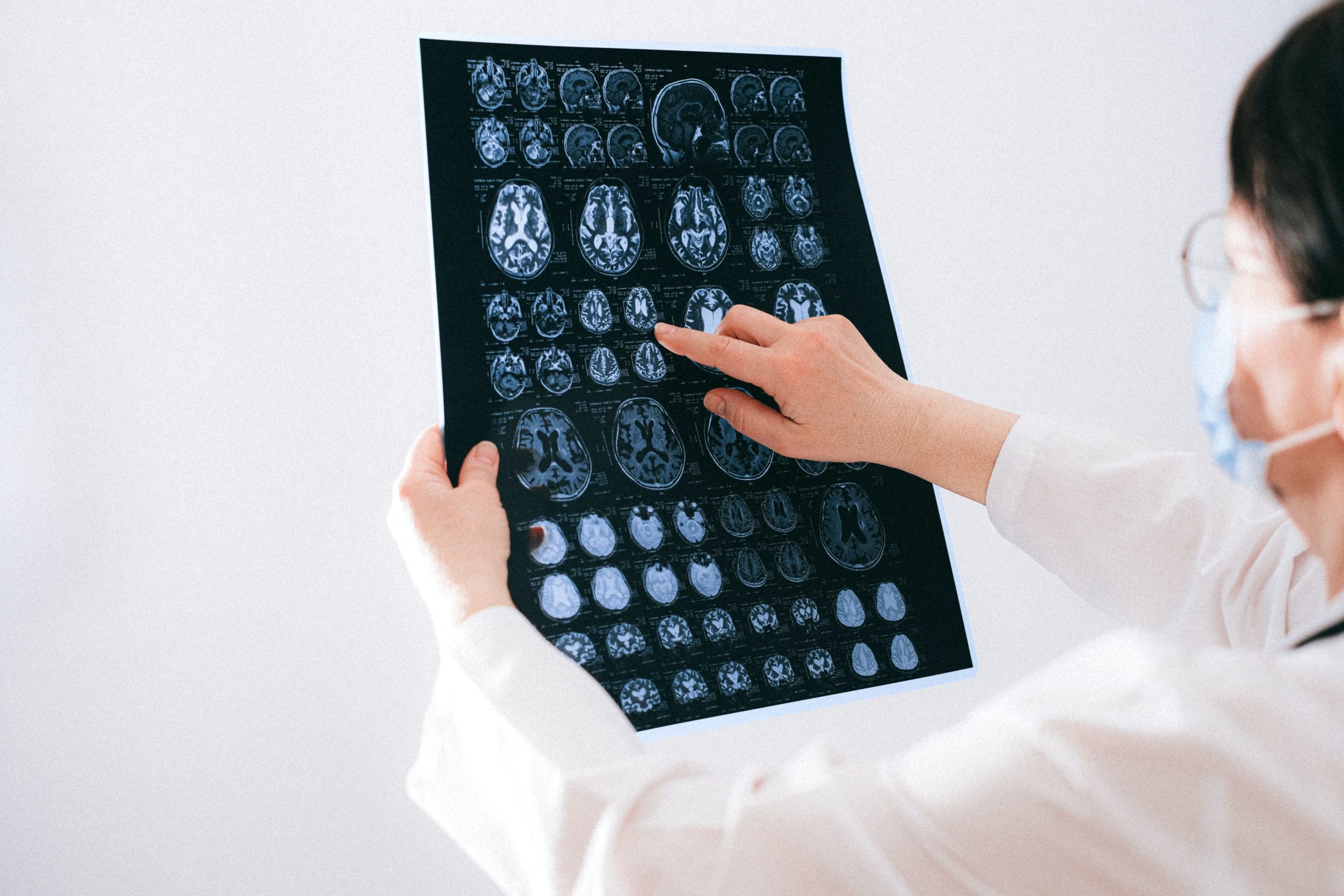
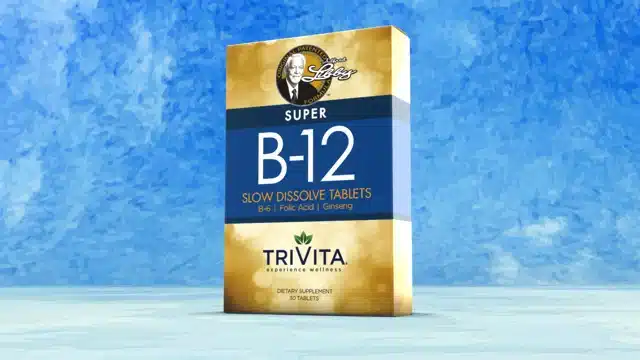

Food is tasty medicine.